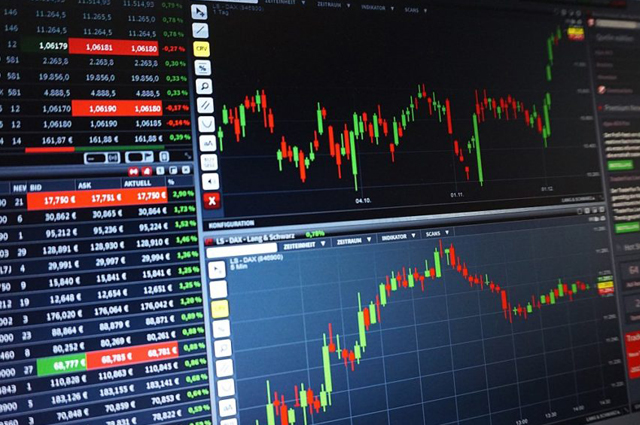Defining a Basic Forex Trading Strategy
Contracts for Differences, more commonly known as CFDs, are financial contracts that involve the exchange of physical money rather than the distribution of financial securities or instruments upon the ending of the contract.
Exchange traded futures on stock indices and interest rates were the very first CFDs. They were first thought of because people began to realize that a lot of people who trade in the financial futures markets wouldn’t really want or need delivery of financial securities or instruments.

How does it work?
CFDs often seem confusing to those who have never worked with them before. However, they’re really quite simple. The two different parties involved in a trade essentially pay each other the difference between the opening and closing prices when their contract comes to an end. Take, for instance, a situation where you were holding a long position. You purchased the contract and watched the price go up. You’ll then have a running profit. At the close of the contract, you’d receive the difference between the first price and the closing price for each contract from the other party.
The opposite is true as well. If you purchase a contract and the price goes down, you’ll have a running loss. At the end of the contract, you would then have to pay the difference between the initial and closing prices for each contract.
Why are CFDs so appealing to many people?
Two decades ago, more and more people started to realize how many things CFDs could actually be used for. They could be used in quite a number of other financial instruments such as forex, commodities, and metals, among others. A broker wasn’t required to facilitate the trade. Instead, people could simply directly trade with other traders electronically. This type of trading is referred to as Over The Counter trading.
This was the perfect time for CFDs to emerge because of the growth of the internet. A growing number of people had access to the internet and could engage in CFDs. These securities began being offered as leveraged products. Traders could equip themselves with enough capital with the help of their broker and then trade positions that they otherwise wouldn’t be able to with their account sizes. Long or short positions could be taken.
Traders love the flexibility of not having to think about delivery or settlement of securities or instruments. CFD brokers charged their clients interest, called rollover swaps, on the money they borrowed. The increased leverage that CFDs offered meant greater potential returns – something that a lot of people found incredibly appealing.
What about today?
CFD changed the trading game as it was. In this day and age, private individuals have access to trading software and a good internet connection. With the flexibility of a CFD and plenty of leverage, they can now use the very same information and tools that were previously only accessible to institutional and professional traders.
Retail traders are able to take short and long positions across whichever asset class they see fit, be it forex, equities, commodities, or even metals. The increased leverage means more potential returns.
Of course, it also means more potential losses. As a growing number of people try their hand at trading with CFDs, it’s increasingly crucial for retail investors to get up close and personal with the markets and how they work with each other.
Learn more about Tradesmarter CFD Trading Plaform? Get in touch with us, click here










